SOURCE: AFI


The Indian Air Force (IAF) is advancing its capabilities with the induction and operationalization of ten indigenous Prachand Light Combat Helicopters (LCHs). Recently appointed Chief of the Air Staff, Air Chief Marshal AP Singh, shared that these helicopters, developed by Hindustan Aeronautics Limited (HAL), have already proven their effectiveness in various operational scenarios, including the international exercise Tarang Shakti.
During Exercise Tarang Shakti, the Prachand LCH demonstrated its agility, resilience, and firepower, receiving positive evaluations from military experts and international observers alike. The exercise, which included forces from multiple nations, provided an ideal environment for testing the helicopter’s performance under real-world combat conditions. The LCH’s agility, along with its ability to operate in high-altitude regions, has drawn particular praise from IAF evaluators, further reinforcing the aircraft’s significance in the IAF’s evolving operational doctrine.
Continue readingSOURCE: AFI


As Chinese-manufactured drones dominate usage within U.S. police departments, security experts have raised concerns over data privacy and reliability. In response, Indian drone company ideaForge has entered the U.S. market, providing a viable alternative with its Q6 V3 drone, specifically designed for public safety applications. This move is seen as a significant milestone for non-Chinese drone manufacturers in establishing a foothold in the U.S. law enforcement sector, particularly at a time when data security concerns around Chinese-made drones are mounting.
The Lake Dallas Police Department in Texas recently became one of the first U.S. police forces to integrate the Q6 V3 into its operations, finding the UAV an essential addition to its toolkit for public safety, surveillance, and emergency response.
Continue readingSOURCE: AFI


Veteran defense journalist Sandeep Unnithan recently shared insights from a user of the 5.56mm JVPC (Joint Venture Protective Carbine), a weapon procured by the Central Industrial Security Force (CISF) in 2019. According to feedback, the JVPC is generally regarded as a “good weapon” that is lightweight and effective, but there are some operational challenges—most notably with its charging handle, which users have reported as being “not smooth.”
The JVPC, developed by India’s Ordnance Factory Board (OFB) in partnership with the Defence Research and Development Organisation (DRDO), is a lightweight, compact carbine designed for close-quarters engagements. It was conceived to replace outdated submachine guns with a more modern, versatile weapon suited to the needs of India’s security forces. Key features include its compact design, polymer construction for reduced weight, and high rate of fire. With a range of around 200 meters, the JVPC fills an essential role in counter-terrorism and security operations, making it an ideal choice for forces like the CISF, which is tasked with safeguarding critical infrastructure across India.
Continue readingSOURCE: IDRW.ORG.
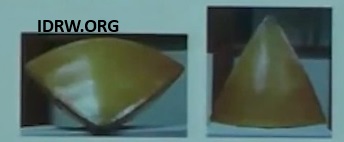

The National Aerospace Laboratories (NAL) has reported significant advancements in the development of core technologies essential to the Advanced Medium Combat Aircraft (AMCA) program. As India’s ambitious project to produce a fifth-generation stealth fighter, the AMCA program is a vital part of India’s defense self-reliance initiative. Two key areas of development that are progressing well include the test box and air intake-duct assembly using co-cured hybrid composites and the Frequency Selective Surface (FSS) Radome—both critical elements in achieving the AMCA’s stealth and performance goals.
The development of a stealthy fighter like the AMCA demands innovative approaches to both structural strength and radar cross-section (RCS) minimization. NAL’s work on the test box and air intake-duct assembly using co-cured hybrid composites represents a breakthrough in materials technology that will significantly reduce the aircraft’s weight while enhancing its stealth characteristics.
Continue readingSOURCE: IDRW.ORG
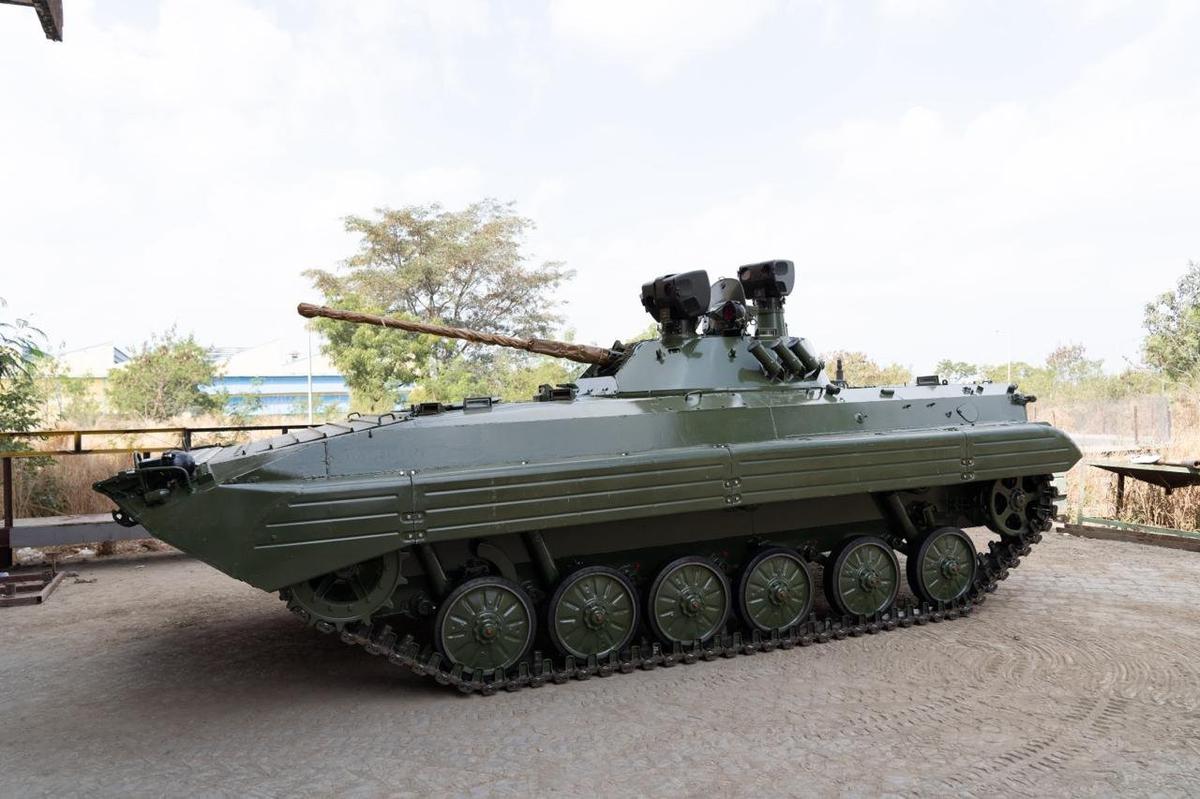

The Indian Army, through the iDEX DISC 12 Challenge, is addressing the critical need for Antiskid Tracks for BMP Infantry Fighting Vehicles operating in High Altitude Areas (HAA) and glaciated terrain. This initiative comes as the Mechanised Infantry is increasingly being deployed in unconventional terrains, including deserts, high-altitude mountains, and glaciated regions, where mobility challenges for heavy equipment like BMPs (Boyevaya Mashina Pekhoty) have become more pronounced.
The BMPs, a core component of the Indian Army’s mechanised forces, are designed for manoeuvrability, speed, and firepower in diverse battlefield environments. However, the extreme conditions of high-altitude and snow-covered terrain present significant operational challenges. As these terrains experience severe ice accumulation, particularly on mountain passes and glaciated areas, the metal tracks of the BMPs face deterioration due to prolonged use, leading to reduced friction and increased slipping and skidding during manoeuvres, especially while making sharp turns or braking.
Continue readingSOURCE: AFI
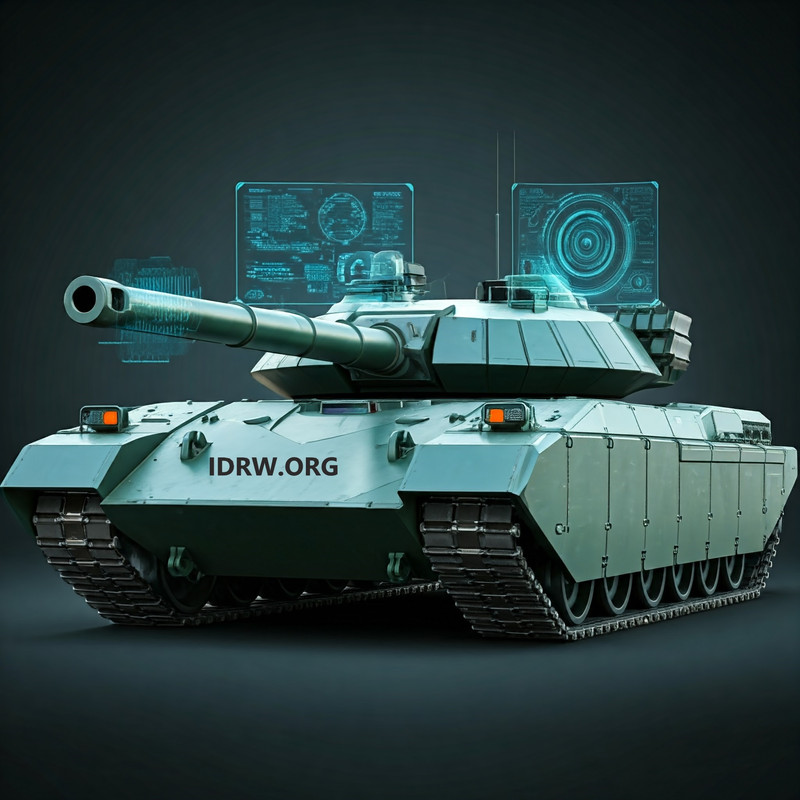

The Indian Army’s ambitious Future Ready Combat Vehicle (FRCV) project has taken a significant step forward, with the platform now officially named “Ranjeet.” The FRCV program aims to equip the Indian Army with a modern, next-generation main battle tank (MBT) to replace the aging T-72 fleet, aligning with India’s vision of self-reliance in defense manufacturing under the Atmanirbhar Bharat initiative. The name “Ranjeet” holds historical resonance, evoking the legacy of Maharaja Ranjit Singh, an iconic Indian ruler renowned for his military prowess and commitment to sovereignty—a fitting name for a combat vehicle poised to strengthen India’s defensive and offensive capabilities.
India’s T-72 tanks have served reliably for decades, but modernization is overdue as the battlefield demands rapid, versatile, and technologically advanced armored platforms. To address this, the FRCV project envisions a multi-role, versatile tank that can adapt to various combat scenarios and integrate emerging technologies such as artificial intelligence, advanced sensors, and network-centric warfare capabilities. The Indian Army aims to build a family of combat vehicles under the FRCV program, starting with the main battle tank but with plans to expand into light tanks, armored recovery vehicles, and more, depending on operational needs.
Continue readingSOURCE: AFI


India’s indigenously developed Light Battle Tank (LBT), designed specifically for high-altitude warfare, is poised to undergo extensive Army trials in 2025. This is a significant step in India’s ambition to modernize its armored forces, particularly for operations in the challenging terrains of Ladakh and other high-altitude areas. The tank, developed by the Defence Research and Development Organisation (DRDO) in collaboration with Larsen & Toubro (L&T), marks a major leap in the country’s drive toward self-reliance in defense technology.
The Light Battle Tank has been meticulously designed to perform in difficult terrains such as Ladakh, where altitudes can exceed 4,000 meters and the landscape consists of rough, uneven terrain. These conditions demand tanks that are not only lightweight but also agile, capable of withstanding extreme weather conditions, and able to operate in regions where conventional heavy tanks may struggle.
Continue readingSOURCE: AFI


In a rapidly shifting global defense landscape, Russia has positioned itself as a preferred defense partner for India, particularly through its willingness to share advanced military technology and support domestic production. Unlike many NATO nations that are hesitant to transfer technology, Russian defense companies have been proactive in co-developing and localizing production capabilities with Indian partners. This approach has been essential in enabling India’s push toward self-reliance in defense manufacturing under its Atmanirbhar Bharat initiative.
Alexey Leonkov, a military analyst and editor at Sputnik India, notes that Russia’s openness to technology transfer has facilitated the local production of some of India’s most important defense platforms. These include the T-90 main battle tank, the Su-30MKI multirole fighter, and the BrahMos supersonic cruise missile. Leonkov points out that the West, and NATO countries in particular, are often reluctant to share critical technologies, preferring instead to sell finished products and components. This approach, he argues, limits India’s potential to independently manufacture and maintain military systems and stymies its ambitions for a self-reliant defense industry.
Continue readingSOURCE: AFI


A recent video circulating online shows a group of Khalistanis marching through the streets of Surrey, British Columbia, Canada. During the march, participants were seen chanting slogans and holding banners that asserted their claim to ownership of Canada and demanded that white people return to Europe and Israel.
The video has sparked outrage and condemnation from various quarters, with many expressing concern over the rise of extremist ideologies and the potential for violence. The incident has also raised questions about the role of social media platforms in amplifying such messages and the need for stricter regulation to prevent the spread of hate speech.
Continue readingSOURCE: RAUNAK KUNDE / NEWS BEAT / IDRW.ORG
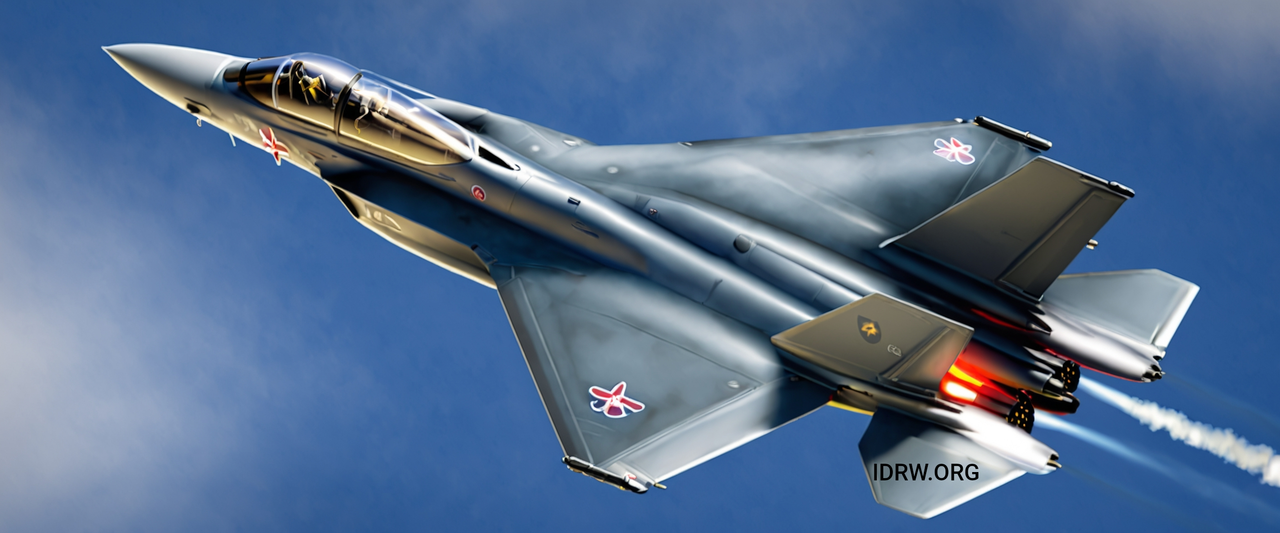

In a recent meeting with prospective suppliers for the Advanced Medium Combat Aircraft (AMCA) program, officials from the Indian Air Force (IAF) indicated that the service aims to acquire more than 200 units of the indigenous stealth fighter over the long term. Organized by the Aeronautical Development Agency (ADA), the meeting was attended by potential suppliers from the private sector and representatives of the IAF, who highlighted the program’s broad potential, both for domestic deployment and possible exports.
The ADA issued an Expression of Interest (EOI) to private sector aerospace component suppliers, seeking companies to join the supply chain for the AMCA program. The EOI covers various elements of the aircraft’s manufacturing, including airframe and structural components, underscoring the AMCA’s need for a robust industrial ecosystem. The program aims to tap into India’s private sector to build advanced manufacturing capabilities, fostering an efficient and high-quality production environment for the AMCA.
Continue readingSOURCE: RAUNAK KUNDE / NEWS BEAT / IDRW.ORG
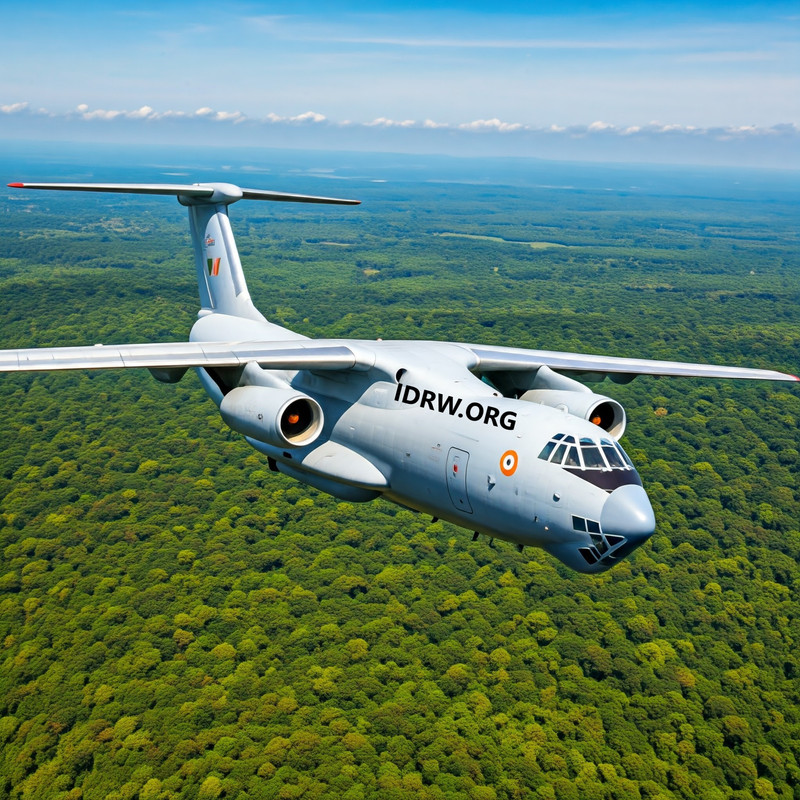

In a recent discussion with idrw.org, a former Indian Air Force (IAF) navigator, who served on the IAF’s IL-76 transport aircraft, expressed significant concerns about the Indian Air Force’s decision to combine the tender for the Medium Transport Aircraft (MTA) with a replacement program for the IL-76. This strategy, he argues, could create a substantial vacuum in the IAF’s cargo-carrying capabilities, particularly when it comes to fulfilling the distinct roles that these aircraft serve.
The IL-76, a heavy transport aircraft, has long been a workhorse for the IAF, capable of carrying large payloads over considerable distances. Meanwhile, the An-32, a medium transport aircraft, plays a crucial role in supporting operations in challenging terrains and carrying troops and cargo to forward bases. The merging of these two distinct platforms into a single program raises critical questions about operational efficacy.
Continue readingSOURCE: RAUNAK KUNDE / NEWS BEAT / IDRW.ORG


The Armament Research and Development Establishment (ARDE) has embarked on an ambitious project focusing on the development of a 155mm Ramjet projectile. This innovative undertaking aims to enhance artillery capabilities with advanced projectile technology, leveraging the potential of ramjet propulsion systems.
The ARDE’s comprehensive approach encompasses a wide range of activities, from initial design to final manufacturing and quality assurance, ensuring that the project meets the rigorous standards required for defence applications.
Continue readingSOURCE: AFI
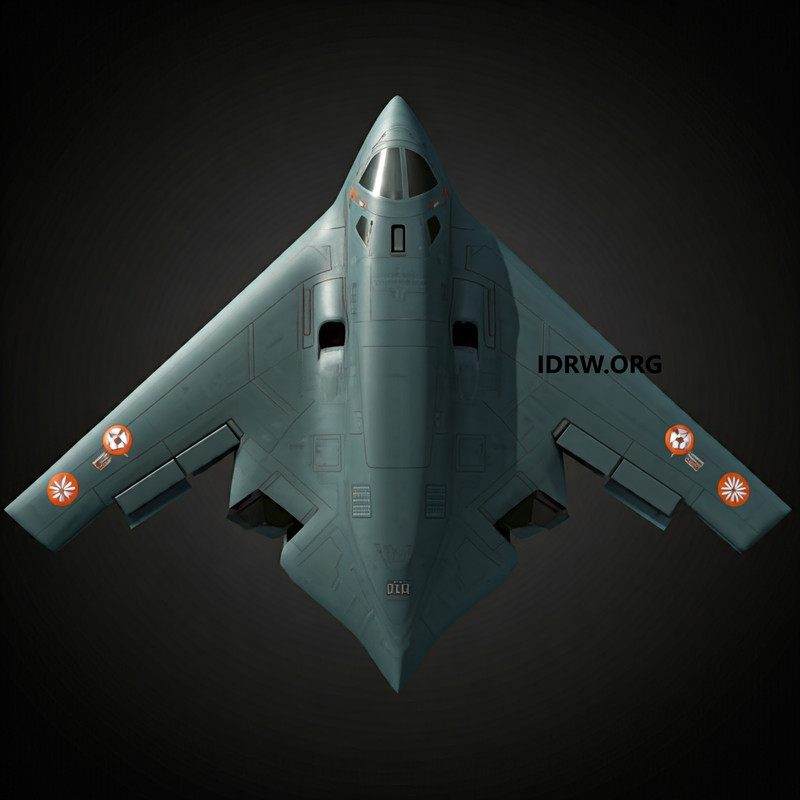

India’s Ghatak Unmanned Combat Aerial Vehicle (UCAV) program represents a significant leap in the country’s indigenous defence technology. Originally developed by the Aeronautical Development Establishment (ADE) with the Defence Research and Development Organisation (DRDO), the Ghatak UCAV is envisioned as a stealthy, autonomous aerial platform designed for offensive operations, powered by the indigenous 49kN Dry Kaveri engine.
The Ghatak program began with ADE’s SWiFT (Stealth Wing Flying Testbed), a 1.1-ton technological demonstrator used to validate design principles and control mechanisms for the UCAV’s stealthy, tailless flying-wing design. After successful tests and validations, the Ghatak UCAV has now been scaled up to an estimated 13-ton weight, incorporating advanced features for autonomous combat roles and designed to carry precision-guided munitions for deep penetration strike roles.
Continue readingSOURCE: AFI


Renowned defense analyst Ranesh Rajan, speaking to idrw.org, has urged the Indian Ministry of Defence (MoD) to expedite funding and development for the Kaveri engine program, suggesting its adaptation for follow-on orders of the Tejas Mk1A fighter. With ongoing delays in the supply of F-404 engines from GE Aerospace, Rajan emphasized that India needs a robust domestic engine solution to avoid operational setbacks and dependency on foreign suppliers.
Currently, the Kaveri engine, in its “dry” configuration (without an afterburner), generates around 49kN of thrust. If mated with an afterburner section, the “wet” thrust of the Kaveri could be calculated as follows.
Continue readingSOURCE: AFI


The Aeronautical Development Agency (ADA), the premier Indian organization spearheading advanced fighter jet development, is seeking consultants to assist in critical aspects of the Light Combat Aircraft (LCA) Mk2 and Advanced Medium Combat Aircraft (AMCA) programs. ADA’s latest tenders indicate a need for expertise in Engine Electrical and Avionics interface, test cell development for the GE F414 INS6 engine, and Real-Time Model (RTM) integration and testing.
This move underscores ADA’s efforts to ramp up the development of the LCA Mk2, also referred to as the Tejas Mk2, and India’s ambitious 5th-generation fighter, the AMCA. These projects are key elements of India’s indigenous defense manufacturing strategy, aiming to enhance the nation’s self-reliance in advanced military technologies.
Continue reading